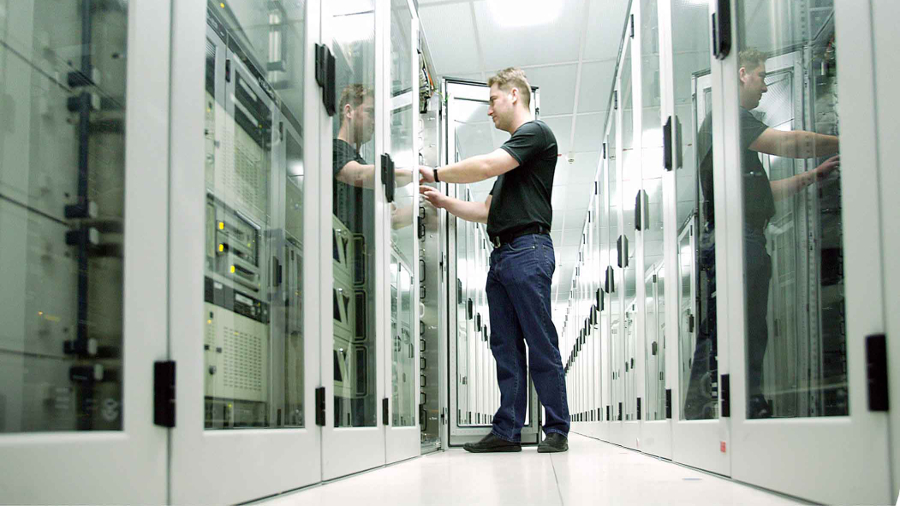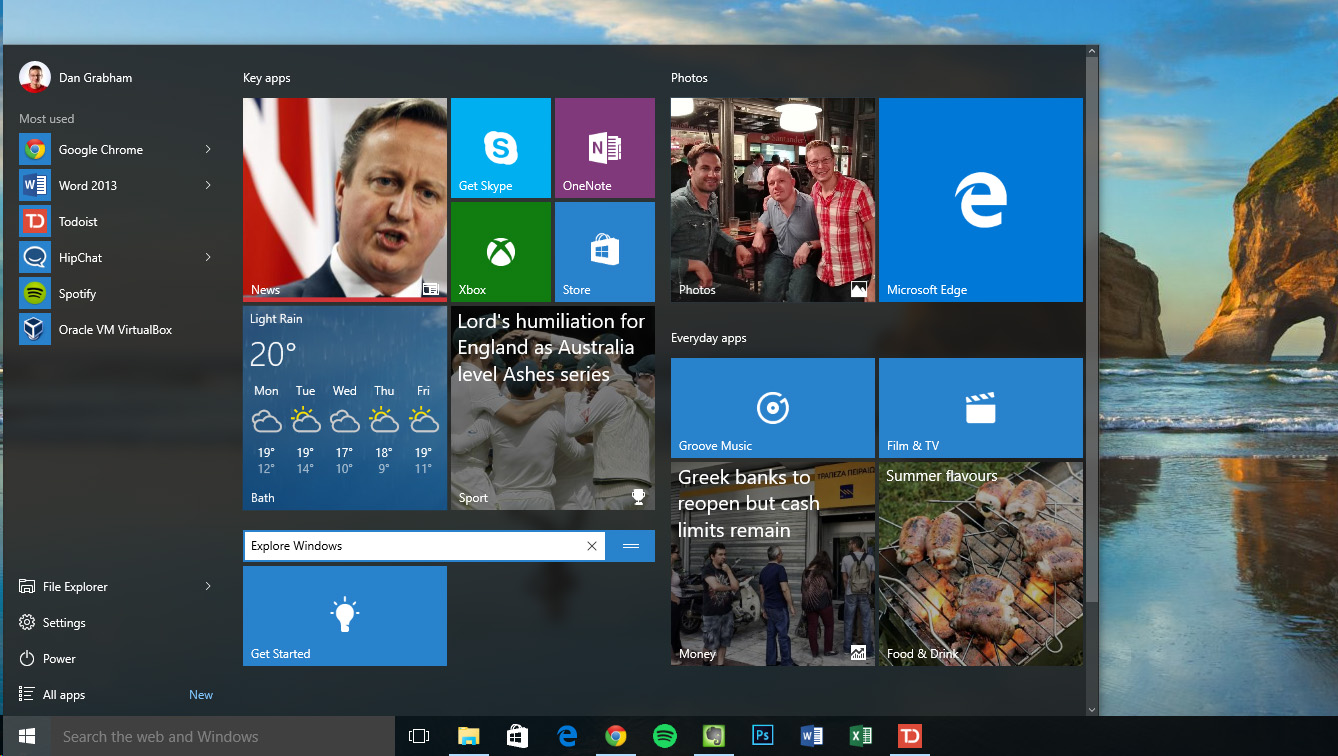How often should your business update its tech?
Out with the old…

The hardware and software your business depends on needs to be kept bang up-to-date, or does it? The yearly round of software updates and the licencing costs that these bring can be a heavy burden on any company.
Add to this the steady stream of new portable devices and perhaps even upgrades to infrastructure such as servers, and it isn't surprising that many small businesses are questioning how often they really need to buy these updates.
Of course the recent recession has galvanised the resolve of many small business owners to take more control of their spending especially when it comes to IT. However, according to a recent poll by YouGov, almost a third (32%) thought that spending on IT (such as computers, telecommunications, software etc) would increase in the next 12 months, compared to just 7% who said spending on IT would decrease. However, 59% believed there would be no change.
The pressure to update IT hardware of course comes into sharp relief each time a new operating system version is released. According to Spiceworks, 40% of companies plan to begin rolling out Windows 10 within the first year and an additional 33% expect to begin deploying Windows 10 within two years.
"Our IT department has been testing preview editions of Windows 10 over the last few months and feel comfortable rolling it out to users soon after launch," said Joe Kinne, IT manager at Prime Electric, an electrical contractor in Bellevue, Washington. "We'll likely start with existing Microsoft Surface tablets we've deployed in the field and then offer it to some of our first-adopter employees across the company. Additionally, all new laptops, desktops, and Surface tablets will come pre-loaded with Windows 10 soon after launch."

Telling signs
Deciding when your business needs to make an upgrade means looking for the signs that your tech is creaking under the strain. "A major sign is when there is a noticeable disconnect between technology practices at work and in employees' own personal lives," said David Vine, MD of UK SMB at Concur. "IT is ingrained into most employees' everyday routines – and a major portion is based on mobility. It stands to reason that this should be carried over into the workplace, yet all too often this is not the case."
Andy Hinxman, Director of Keybridge IT also said: "The biggest warning sign to any SME to upgrade their IT is whether operations are becoming increasingly inefficient, time consuming and costly. Most processes should now be seamless, and when you notice this starting to change that is your biggest indicator to upgrade your IT."
Are you a pro? Subscribe to our newsletter
Sign up to the TechRadar Pro newsletter to get all the top news, opinion, features and guidance your business needs to succeed!
He continued: "Ask yourself whether your IT is fit for purpose, and what you want from your IT. Do you need staff to access anywhere? Do you want tight control over what people can access? Do you want your data backed up, and if so, for how long? Once you know what you want speak to a specialist for their recommendations. Our suggestion is to keep up-to-date, which you can accomplish by moving to the cloud."

Chris Martin, CTO at conference call service provider Powwownow, also points out: "SME's can be an easy target for upsell, whilst potentially being a hard sell! The limited SME IT budget might mean they invariably have older IT equipment, running older software. However, SMEs wisely use their budgets and will only pay for IT that is really required.
"If an improvement in productivity can be shown by an upgrade, the SME is more likely to be interested. If the upgrade will mean someone in the business will spend less time doing mundane tasks and more time on important customer-facing activities, then this would be a good case for the upgrade."